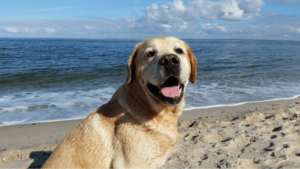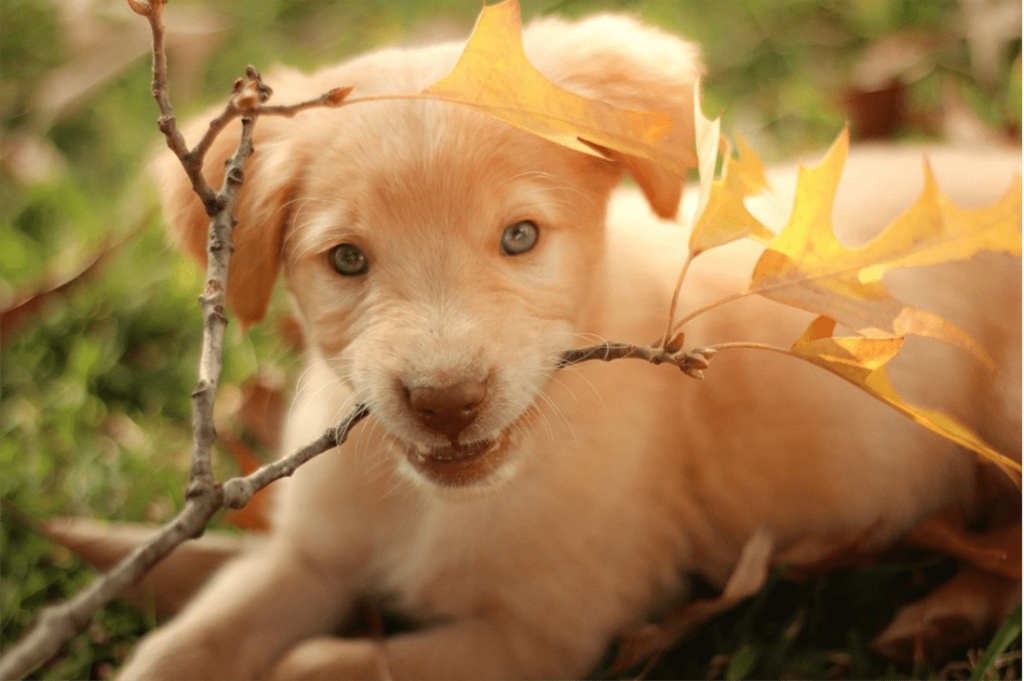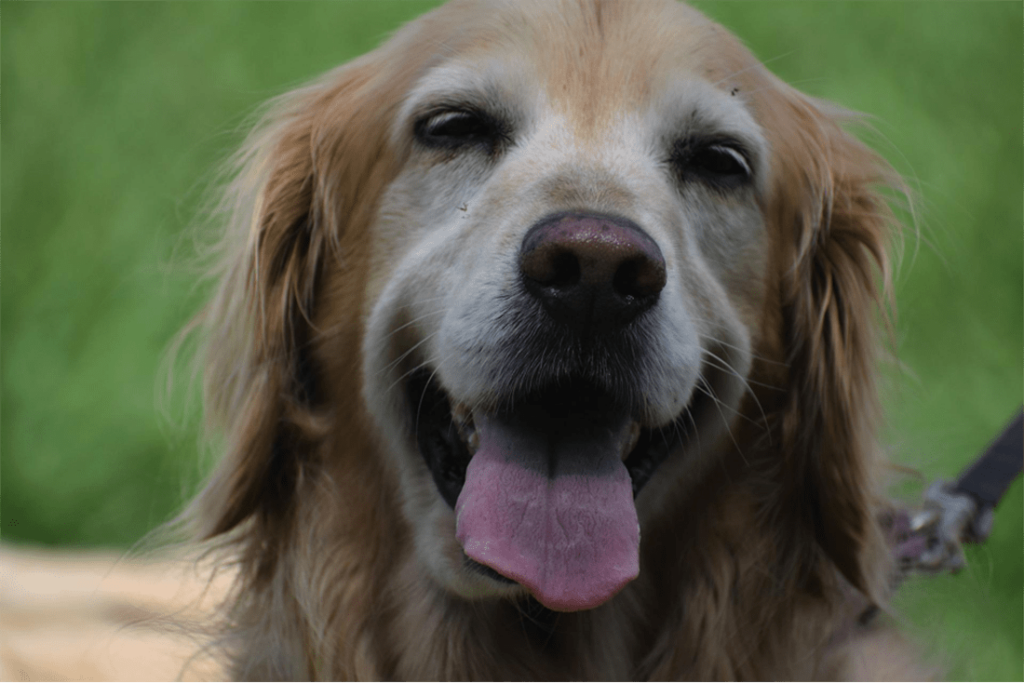Friendly, low maintenance, playful, energetic, and eager to play in the mud, Labrador retrievers were initially bred to be companions and working canines, and they still live up to both roles. These fantastic pups make great family pets and can also aid people with special needs.
Regardless of what your Labrador retriever does, as an owner, you must keep your pet clean and well-groomed. It is an essential part of keeping them healthy and in tip-top shape.
Paying close attention to your Labrador’s coat, eyes, ears, feet, teeth, and skin allows you to spot any medical concerns before things escalate.
Lucky Labrador Retrievers are one of the easiest to groom, thanks to their short and dense coat, but you still need a bit of elbow grease to get the job done right.
How to groom a Labrador Retriever?
Labradors have a wash-and-wear coat, but they still need regular grooming to discard loose fur. Regular grooming improves your bond with your pet and gives you the opportunity to spot any problems before they get out of hand. A typical Labrador grooming routine consists of:
Inspecting
Start every Labrador grooming session with a thorough massage. Use both hands and look out for any unexpected hair loss, bumps, lumps, dry patches or anything that seems abnormal. Head to toe massaging also helps remove loose hair from the skin so it can be brushed away easily.
Brushing
One of the critical grooming tasks you will need to incorporate into your Labrador’s routine is regular brushing. Though labs have short coats that resist mats and tangles, they are double-coated.
Their fur is often thick and dense, and without proper brushing, they can leave a ton of hair whenever they go, especially during the shedding season that occurs in fall and spring.
Brushing once a week with a bristle brush is all your retriever needs to stay clean. However, regular brushing feels great on your lab’s skin as it stimulates the natural oils, which keep the fur healthy and glistening.
A human brush won’t cut it for most Labrador’s grooming needs. Consider investing in a brush designed to remove all the loose fur from your pet’s dense undercoat.
|
With a New Free Dog Grooming Course You Can Groom your |
Bathing
As mentioned before, Labrador retrievers have dense coats. This means they don’t get tangles or mats and can go longer without professional grooming sessions. Bathing these canines too quickly can dry their skin, leading to an array of skin related problems.
Thereby, Labrador retriever parents are suggested to wash their pet only when he gets dirty after rolling around in the dirt and questionable messes.
 Pro tip:
Pro tip:
Give your lab plenty of outdoor playtimes to keep their skin moist.
Cleaning the eyes
Inspect your lab’s eyes for any irritation or discharge. Use a damp cloth to wipe the area or clean using a cotton ball.
If you have a yellow Labrador, you may notice some staining around the eye area. Do not panic, as it is entirely natural for Yellow labs to develop tear staining.
Still, if it bothers you, you can gently clean the area with a cotton ball doused in hydrogen peroxide. Just be cautious and put a drop of mineral oil in your pet’s eyes first to protect them from hydrogen peroxide.
Cleaning the ears
Cleaning your lab’s ears not only keeps them healthy and away from wax but also allows you to inspect the area. You can look out if any pests, ticks, and fleas are present.
Also, notice if there are any symptoms of ear infection. This dog breed loves splashing in the water, making them prone to ear troubles.
Clean the visible parts with a cotton ball soaked in ear cleaner. Do not go deep in the canal and seek veterinary assistance for deep cleaning.
If you notice your lab is shaking and scratching his ears rapidly or if there are any signs of redness or foul smell, visit a vet immediately. There may be any mites or ear infections.
Clipping
One of the critical aspects of regular grooming is keeping your pet’s nails clipped up to an appropriate length. Long nails make it difficult for your canine to walk correctly. Plus, they force the footpad apart.
While clipping your lab’s nails, avoid the quick as it can bleed. Frequent clipping retracts the quick out of the way. In case of any accidents, use a ChapStick or a styptic stick to stop bleeding.
Teeth cleaning
Brush your canine’s teeth regularly to keep him healthy and fit. Most pet owners ignore the importance of oral hygiene, but the truth is dental plaque can get into your pet’s bloodstream and then into the heart, causing heart illnesses.
Use a soft toothbrush particularly designed for canines and opt for a doggy toothpaste. Lift your lab’s upper lips and brush the outer surface to remove any traces of plaque and tarter.
You may have to consult veterinarians if your pup has a buildup of tartar. They may anaesthetize the canine to remove plaque so that the whole experience won’t be too traumatizing.
Pest control
Finally, end your Labrador retriever grooming session by applying a pest control product. Your vet can help you find a product well suited for your area. Just try to pick something that covers worms, ticks, and fleas.
Frequently Asked Questions
1. What is the cost of Labrador retriever grooming?
Labrador retriever parents can expect to pay anywhere between $30 and $90 for standard grooming. However, the price may vary depending on the size of your canine companion and the amount of fur he carries.
A mobile groomer can visit you for an average of $70. You can also groom your fluffy canine at self-service grooming facilities for an affordable price of $10-$25.
2. How to stop a Labrador from shedding?
Sadly, you can’t entirely stop your adorable lab from shedding his fur and leaving hair deposits all around the house. Nonetheless, proper grooming can help you minimize this problem. Brush out any loose fur before it falls out.
Similarly, use a shampoo and conditioner that provides vital nutrients for your pet’s coat. Along with grooming, keep a close eye on the nutrients your pup is getting from his diet. This way, you can keep shedding under control.


